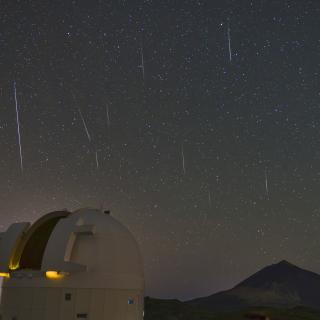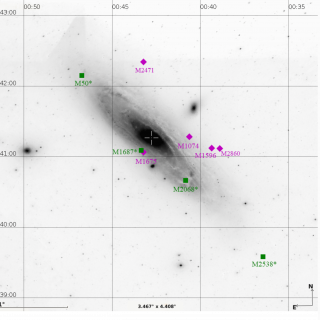
During the nights of 12th and 13th of December we will enjoy the peak of the Geminid meteor shower. This will be broadcast live from the Teide Observatory (Tenerife) via the sky-live.tv channel, with the collaboration with the Energy Efficiency Labs (EELabs) project, of the Instituto de Astrofísica de Canarias (IAC). During the past decade the Geminids have always bid farewell to the year by producing over 100 meteors per hour (Zenith Hourly Rate, ZHR. In 2020 produce over 130 meteors/hour) which puts them in the annual front rank of meteor showers, together with the Perseids and the
Advertised on




